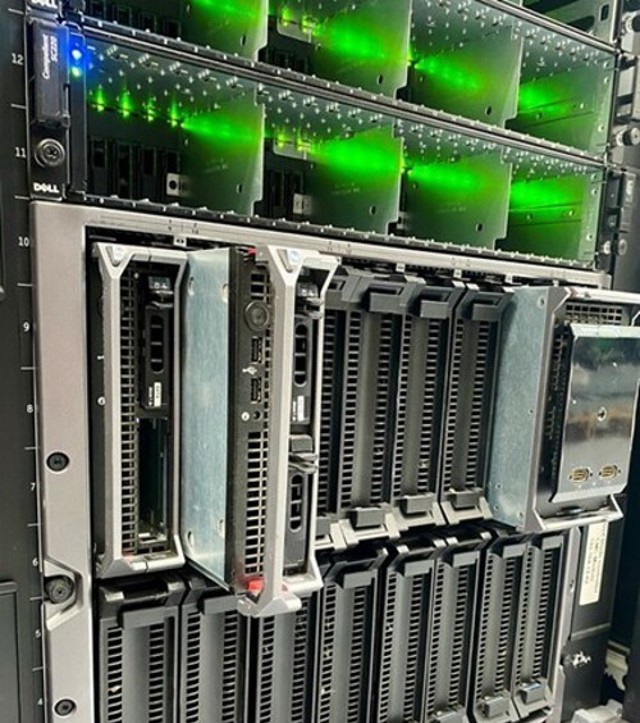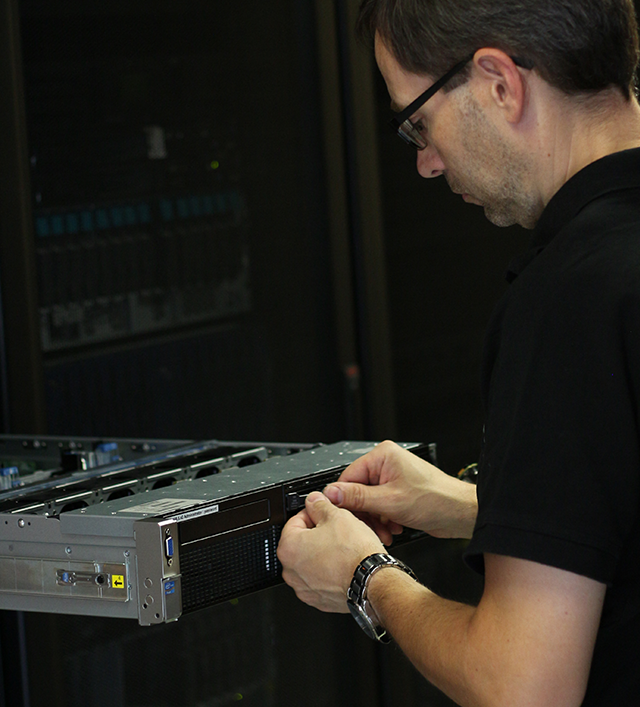
Carbon Emissions Generated by Server Production and How to Reduce Them?
Today, we depend heavily on technology and electronic devices, and servers are one essential device that is used extensively in almost every industry.
Whether it is a small business or a large corporation, servers play a crucial role in storing, processing, and managing data. However, as technology progresses, so do concerns regarding its impact on the environment.
One of the main concerns is carbon emissions from the manufacturing of servers. In 2021, 12,15 million server units were shipped globally, and this number is expected to increase significantly over the next five years. In this blog, we will explore the carbon footprint of manufacturing a server and actions to reduce it.
Carbon Footprint of Manufacturing a Server
Manufacturing a server requires various components such as the motherboard, processor, memory, hard drive, power supply unit, and other parts. Each of these components has a carbon footprint, and when combined, they contribute to the overall carbon footprint of a server. The carbon footprint of manufacturing a server includes the emissions from the production, transportation, and disposal of its components.
Production
Another significant issue is the mining of rare-earth metals. Some of the rare-earth metals that are commonly used in servers as well as other data center equipment include lanthanum, cerium, europium, and dysprosium. Mining of these metals has a huge impact on the environment, as several tons of carbon are emitted.
The production of a server's components involves various processes that emit carbon. For instance, the production of semiconductors, which are essential components of a server's motherboard, requires high-temperature processes that emit carbon dioxide and other greenhouse gases. Similarly, the production of hard drives and memory also involves energy-intensive processes that emit carbon emissions.
Transportation
After the production of components, they need to be transported to the manufacturing facility, where they are assembled into a server. The transportation of components involves the burning of fossil fuels, which results in carbon emissions.
Disposal
Finally, after a server has reached the end of its life, it needs to be disposed of. Disposal methods such as landfill and incineration release carbon dioxide and other harmful gases into the environment, contributing to the overall carbon footprint of a server.

How to Reduce the Carbon Footprint of Manufacturing a Server?
Reducing the carbon footprint of manufacturing a server requires a multi-pronged approach that involves reducing emissions from each stage of the server's life cycle. Here are some ways to reduce the carbon footprint of manufacturing a server.

Use Energy-Efficient Components
Using energy-efficient components can significantly reduce the carbon footprint of manufacturing a server. For instance, using solid-state drives (SSDs) instead of hard drives can reduce the server's energy consumption by up to 30%. Similarly, using energy-efficient processors and power supply units (PSUs) can also reduce the server's energy consumption.
Use Renewable Energy
Using renewable energy to power manufacturing facilities can significantly reduce the carbon footprint of manufacturing a server. Renewable energy sources such as solar and wind can provide a clean and sustainable source of energy, reducing the reliance on fossil fuels.
Reduce Packaging
Reducing the packaging of server components can reduce the carbon footprint of transportation. Packaging materials such as plastic and cardboard contribute to the carbon footprint of manufacturing a server. Reducing the packaging of components can also reduce shipping costs and save resources.
Use Sustainable Materials
Using sustainable materials in the production of server components can reduce the carbon footprint of manufacturing a server. For instance, using recycled plastic instead of virgin plastic can significantly reduce the emissions from the production of plastic components.
Increase Lifespan Through Third Party Maintenance
Increasing the lifespan of a server can reduce the carbon footprint of manufacturing a server and other types of data center equipment, as the equipment has already made its carbon footprint during production the first time. Servers that last longer require fewer replacements, which reduces the emissions from the production, transportation, and disposal of components. Furthermore, prolonging the lifespan of a server can also reduce the overall cost of ownership.
Third party maintenance (TPM) is one step to reducing CO2 emissions in data centers. As original equipment manufacturers (OEMs) offer warranty support, sometimes only up to three years, this support can be extended through third party maintenance providers.
TPM can help you prolong the use of data center hardware when it is at the end of service life (EOSL). Data center hardware can function effectively for 10 or even 15 years; therefore, buying new equipment when the existing one is at the EOSL has unnecessary environmental (and financial) costs.
In case of any inquiries about our TPM, do not hesitate to email us at sales@nordiccomputer.com or by filling out the contact form below.
Image Sources:




